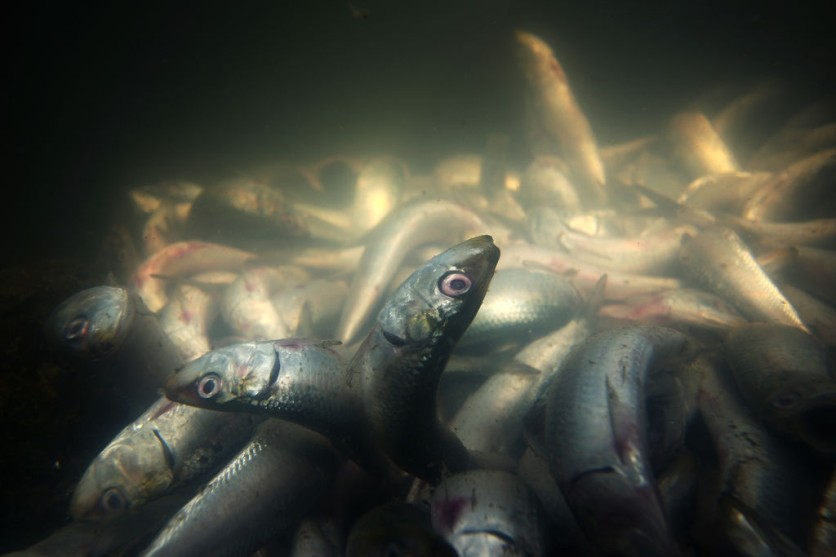With a fishing history in Japan dating back to the 15th century, sardine catches experienced a notable peak between the 1930s and 1950s in Japan and off the coasts of California, Spain, and the northern Adriatic.

Discovering Dead Sardines
An unusual incident where thousands of tons of deceased sardines were discovered on a beach in northern Japan. Interested Engineering reported that authorities have yet to pinpoint a specific cause for this massive sardine mortality.
This assembly of sardines, accompanied by several mackerel, was carried onto the shores of Hakodate on Hokkaido, Japan's northernmost primary island, covering an almost one-kilometer stretch of beach like a thin blanket.
Takashi Fujioka, a researcher affiliated with the Hakodate Fisheries Research Institute, disclosed that despite having knowledge of similar incidents, this marked his inaugural direct observation of such an occurrence.
Fujioka elucidated on a possible scenario where larger predators could have pursued the fish, facing oxygen depletion in the densely packed school. The consequence of this pursuit led to the exhaustion of the predators, eventually causing them to be washed ashore by the waves.
Furthermore, Fujioka delved into speculation, suggesting that the fish might have encountered abrupt shifts in water temperature during their migration. This exploration opens avenues for understanding the diverse factors contributing to the unusual event.
Consuming the Fish
Local residents expressed amazement at the spectacle, noting that such an occurrence was unprecedented in their experience. Some residents seized the opportunity to collect the fish, either for sale or personal consumption.
Despite these actions, the town issued a cautionary notice on its website, advising residents against consuming the fish, as reported by Japan Today.
Statista's data for 2022 indicates that the sardine yield from Japanese marine fisheries reached approximately 613 thousand tons, a slight decrease from the roughly 640 thousand tons recorded in the previous year.
Over the past decade, sardine production has seen a significant uptick, establishing them as an economical alternative to saury, a popular choice among Japanese consumers for everyday culinary use.
Fujioka expressed concern that the decomposition of the stranded fish could impact water oxygen levels, potentially affecting the marine environment. As a precaution, he advised against consuming the fish due to the uncertainty surrounding the circumstances of their beaching.
The South China Morning Post suggested an alternative explanation for the mass mortality in the northern village of Toi: the possibility of the fish encountering notably colder waters during their migration.
As of now, Japanese authorities have not provided any official comments on the reasons behind the mass mortality of sardines in Hokkaido.





